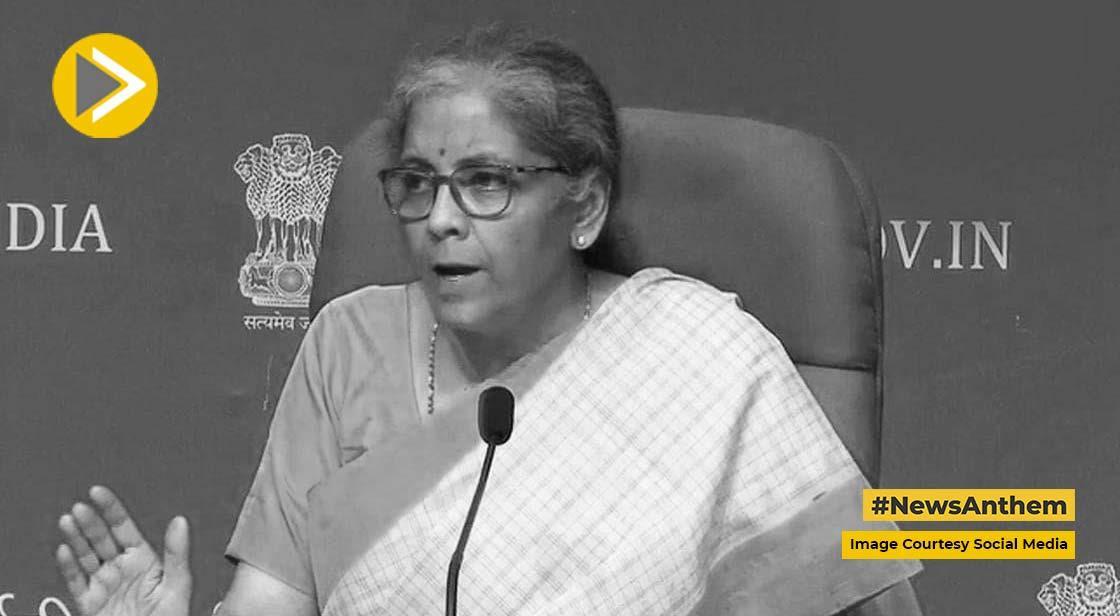Budget 2025: Joint Taxation for Married Couples Could Revolutionize Indian Taxation

News Synopsis
The Union Budget 2025 might introduce a significant change to India’s taxation system by allowing joint taxation for married couples. This proposal, initiated by the Institute of Chartered Accountants of India (ICAI), aims to provide financial relief to households, particularly single-income families, under the New Tax Regime. If implemented, this change could not only ease financial stress for families but also incentivize better tax compliance across the nation.
Proposed Joint Taxation System: An Overview
The Institute of Chartered Accountants of India (ICAI) has recommended that married couples should have the option to file joint income tax returns (ITRs) under the New Tax Regime. The proposed tax slabs include:
-
Income up to Rs 6 lakh: No tax
-
Income between Rs 6–14 lakh: 5%
-
Income between Rs 14–20 lakh: 10%
-
Income between Rs 20–24 lakh: 15%
-
Income between Rs 24–30 lakh: 20%
-
Income above Rs 30 lakh: 30%
Under this system, the basic exemption limit for joint filers would double to Rs 6 lakh, compared to the Rs 3 lakh exemption limit currently applicable to individual taxpayers under the New Tax Regime. Salaried couples would continue to enjoy individual standard deductions, making this proposal particularly advantageous for dual-income families.
Moreover, the surcharge threshold would increase from Rs 50 lakh to Rs 1 crore, with progressive rates applied to higher income brackets.
How Joint Taxation Benefits Indian Families
A Solution for Single-Income Households
For families with a single earning member, the proposed joint taxation system offers higher exemption limits and reduced tax liability, effectively addressing financial challenges. This aligns with global practices in countries like the United States and the United Kingdom, where joint taxation is widely adopted to recognize shared household responsibilities.
Curbing Tax Evasion
The unified tax structure would also deter tax evasion practices like income splitting, ensuring a more transparent taxation framework.
As per Dr. Suresh Surana, speaking to a media agency, the ICAI proposal is a progressive step aimed at easing financial pressures on families, particularly single-earner households. Taxpayers opting for the default regime under Section 115BAC with an exemption limit of Rs 2.5 lakh or Rs 3 lakh under the new regime could now explore more beneficial options.
A Step Toward Modernized Taxation
The joint taxation proposal could reshape India’s tax system, aligning it with international standards and fostering a fairer approach to personal taxation. By addressing the unique challenges faced by Indian families, this system promotes financial stability, compliance, and fairness.
With Union Budget 2025 on the horizon, this proposal has sparked widespread anticipation. If the government adopts this visionary reform, it could profoundly impact how Indian families manage their finances, making taxation a more inclusive and family-friendly process.
Conclusion
The proposed joint taxation system for married couples, if included in Union Budget 2025, has the potential to redefine India’s tax landscape. By doubling the basic exemption limit and introducing progressive tax slabs, this system aims to alleviate financial burdens on families, especially single-income households. It also aligns India with global practices seen in countries like the United States and the United Kingdom, promoting fairness and inclusivity in taxation.
Moreover, the proposal could enhance tax compliance by discouraging practices like income splitting and simplifying tax planning for families. While its implementation will require robust mechanisms to address potential challenges, the benefits far outweigh the risks.
As Budget 2025 approaches, this visionary reform holds the promise of transforming the financial future of Indian households. Its success will depend on thoughtful execution and the government’s commitment to fostering a fairer, family-centric tax system.
You May Like









